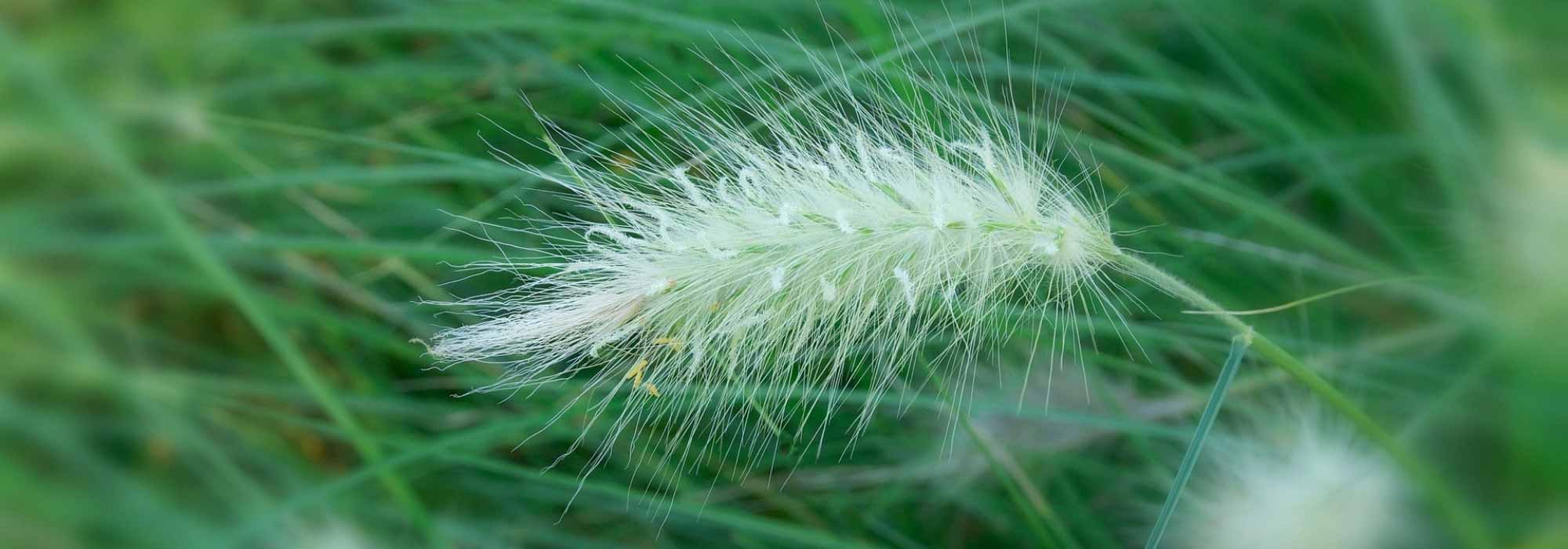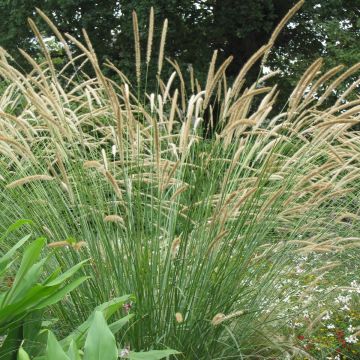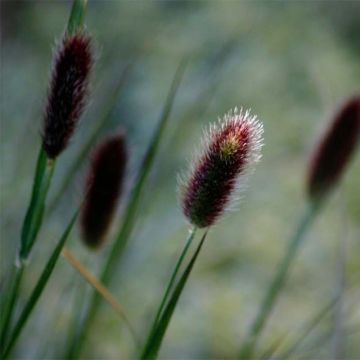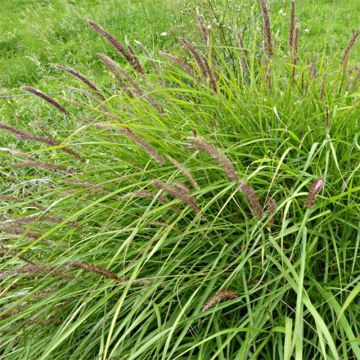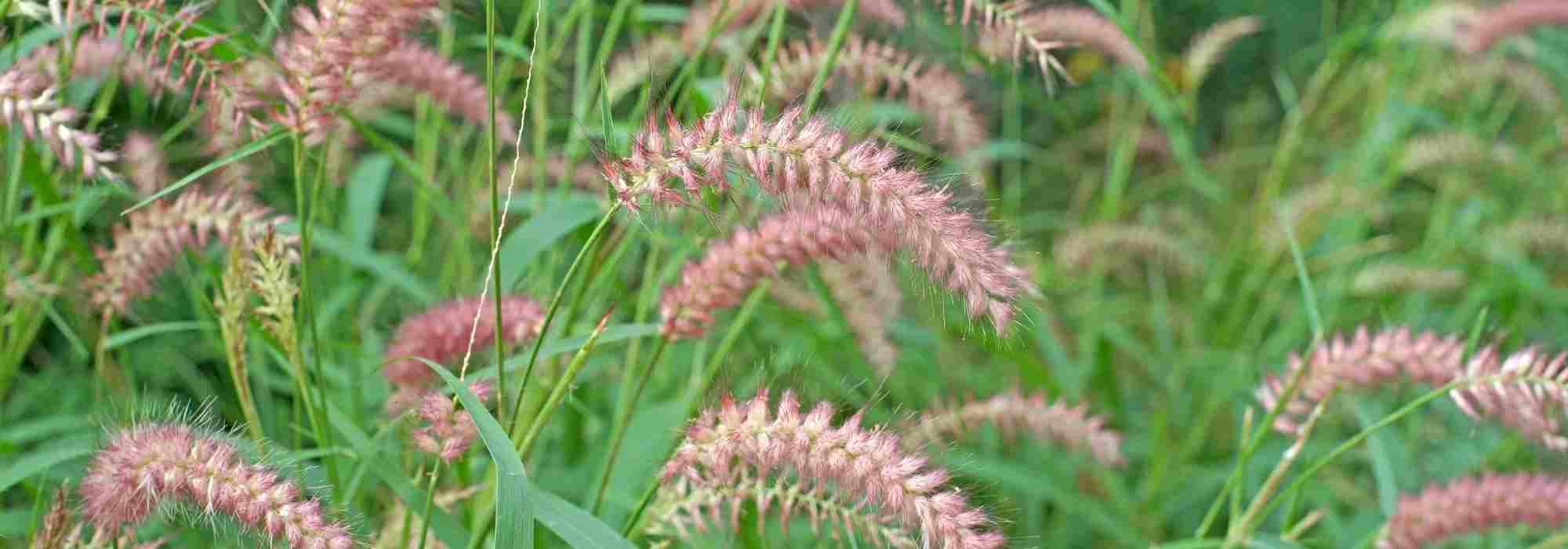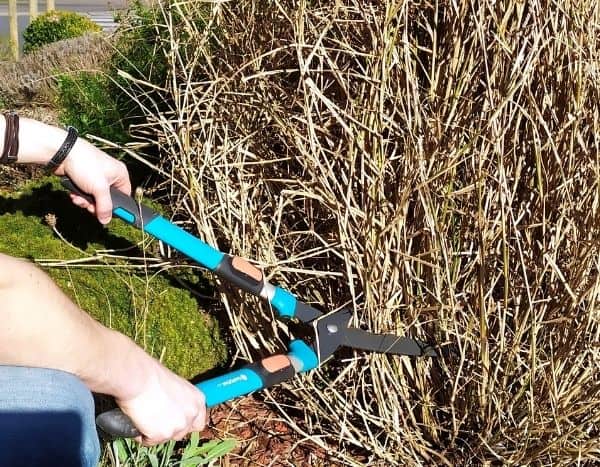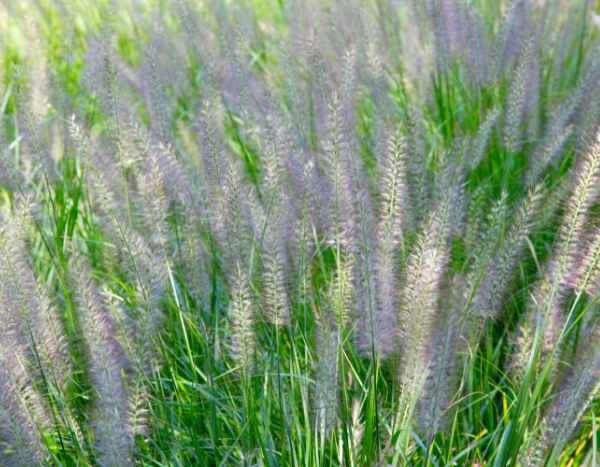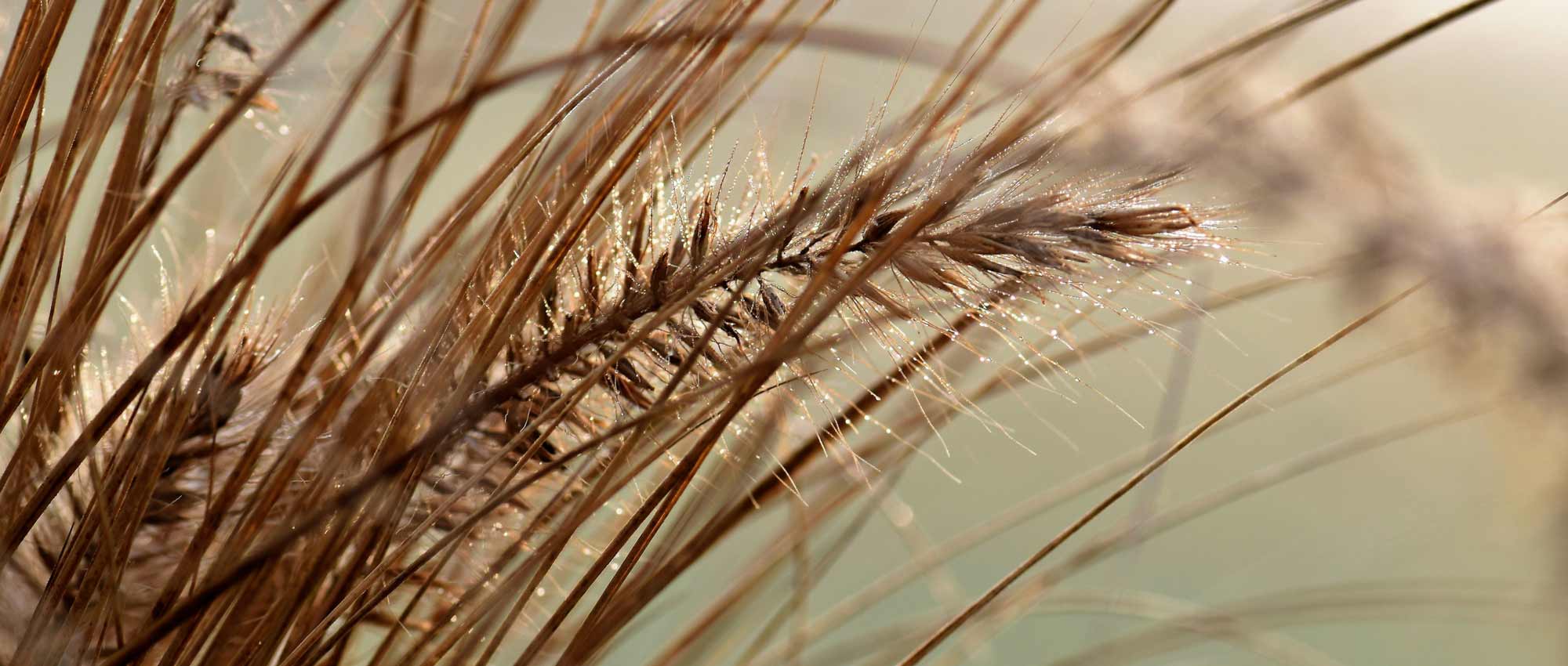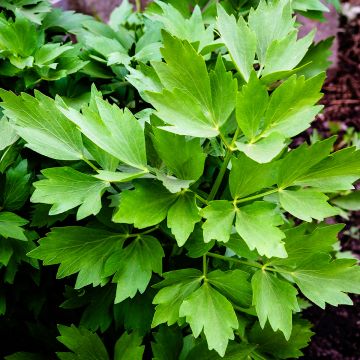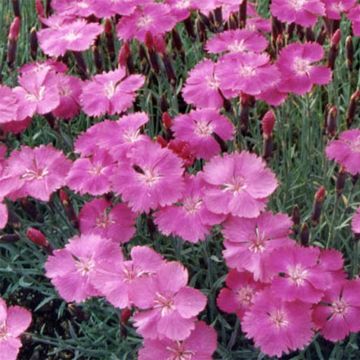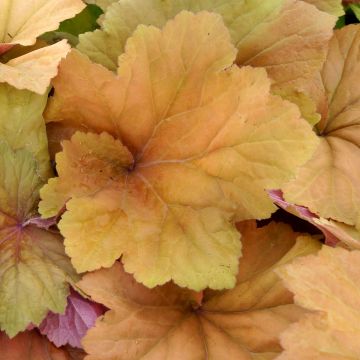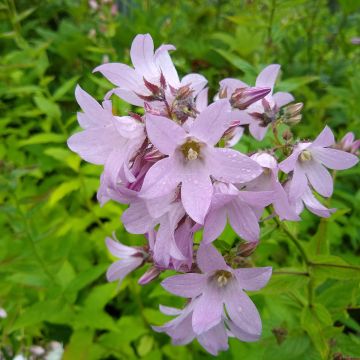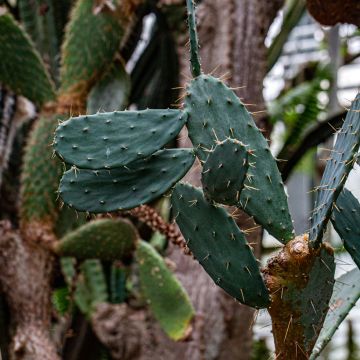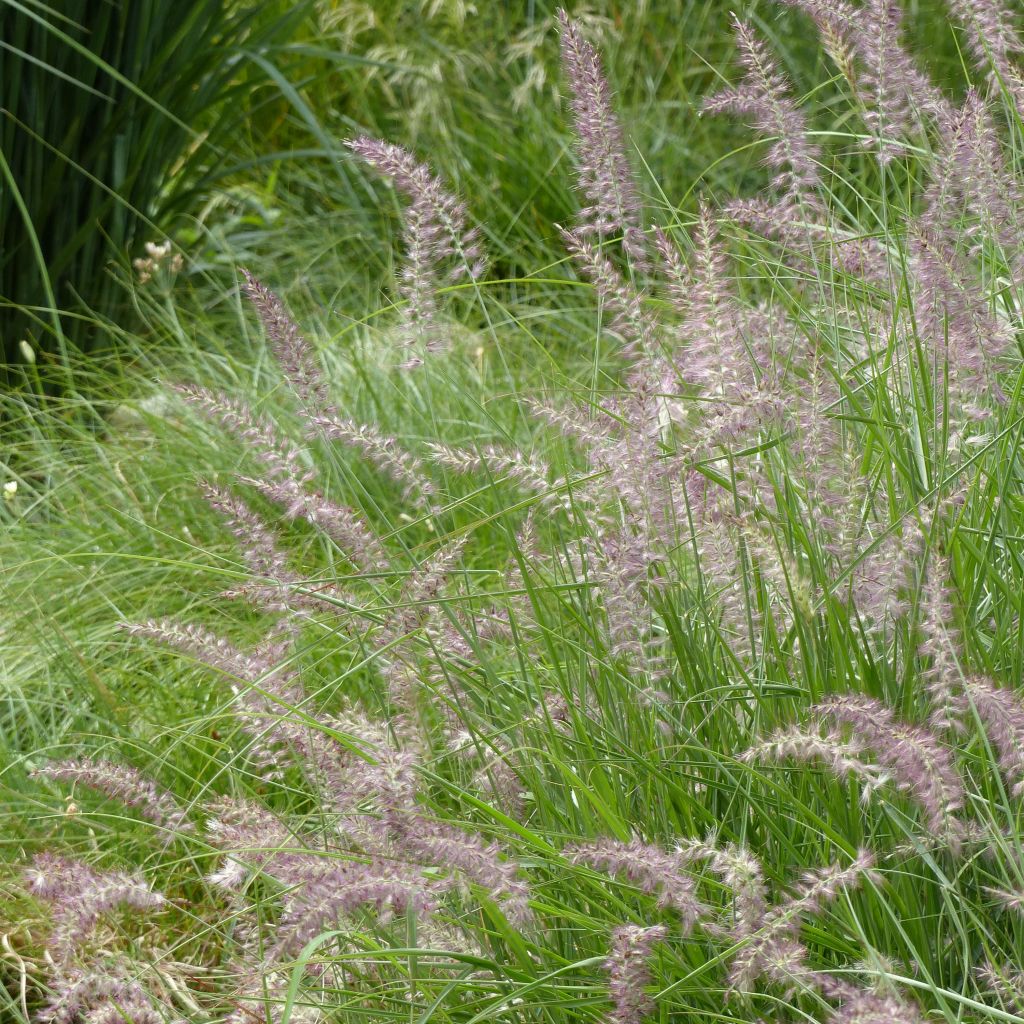

Pennisetum orientale Karley Rose - Oriental Fountain Grass
Pennisetum orientale Karley Rose - Oriental Fountain Grass
Pennisetum orientale Karley Rose
Fountain Grass
Very good recovery and growth. However, the habit of this variety lacks structure and tends to droop over the other plants in a border.
Anthony, 09/11/2024
Special offer!
Receive a €20 voucher for any order over €90 (excluding delivery costs, credit notes, and plastic-free options)!
1- Add your favorite plants to your cart.
2- Once you have reached €90, confirm your order (you can even choose the delivery date!).
3- As soon as your order is shipped, you will receive an email containing your voucher code, valid for 3 months (90 days).
Your voucher is unique and can only be used once, for any order with a minimum value of €20, excluding delivery costs.
Can be combined with other current offers, non-divisible and non-refundable.
Home or relay delivery (depending on size and destination)
Schedule delivery date,
and select date in basket
This plant carries a 12 months recovery warranty
More information
We guarantee the quality of our plants for a full growing cycle, and will replace at our expense any plant that fails to recover under normal climatic and planting conditions.

Would this plant suit my garden?
Set up your Plantfit profile →
Description
Pennisetum orientale 'Karley Rose', also known as Oriental Fountain Grass, is a remarkable perennial grass admired for its elegance and graceful appearance. It bears an upright and arching clump, with a slightly loose habit. Soft and silky plume-like inflorescences emerge in early summer. They are a delicate white with a hint of pink, washed with purple. These inflorescences continuously renew themselves above ribbon-like green foliage, swaying in the wind until the first frosts. This superb improvement of Pennisetum orientale is hardy in most climates. This versatile grass adds a touch of unrestrained poetry to borders and can be used in modern and romantic or natural compositions in containers. The inflorescences are stunning in dried bouquets. It thrives in well-drained, moist to dry soil and full sun.
Pennisetum orientale is a rhizomatous perennial plant that is not invasive, originating from central and southwest Asia. It is deciduous to semi-evergreen, and hardy down to -15°C (5°F) in well-drained soil. It has a fairly rapid growth rate. In our climates, it reaches maturity within a few months from a young plant, making it suitable for cultivation as an annual. The 'Karley Rose' cultivar, discovered in 2005, has a larger and looser habit than the species and is also more floriferous. 'Karley Rose' forms a fountain of rough, ribbon-like foliage, reaching a height of 1.2m (4ft) when flowering, with 60cm (24in) for the foliage, occupying approximately 50cm (20in) in diameter at ground level. The flowering period lasts from July to October, longer if the autumn is mild and faded inflorescences are removed. The arching flower spikes gracefully drape above the foliage, supported by stiff stems. They consist of tiny pale-pink to purple-pink spikelets, arranged in narrow, fluffy panicles, 20 to 30cm (8 to 12in) long, covered in long silvery hairs. When they fade, they turn a lighter shade and remain highly decorative during winter.
Pennisetum orientale 'Karley Rose' may not be the most well-known of the pennisetums, but it is a robust, undemanding, and hardy plant that thrives almost anywhere, and has been consistently popular among both professional and amateur gardeners. It is versatile, offering a clean and elegant appearance, as well as being easy to grow and undemanding. It is perfectly suited to coastal areas and drought conditions, making it useful in dry gardens, as well as in containers or rockeries, paired with autumn stonecrops. Plant it en masse along pathways, or create romantic displays with summer or autumn-flowering perennials such as hybrid mulleins, spike speedwells, shrubby salvias, and of course, asters and Japanese anemones. This grass can also be used as ground cover.
Pennisetum orientale Karley Rose - Oriental Fountain Grass in pictures
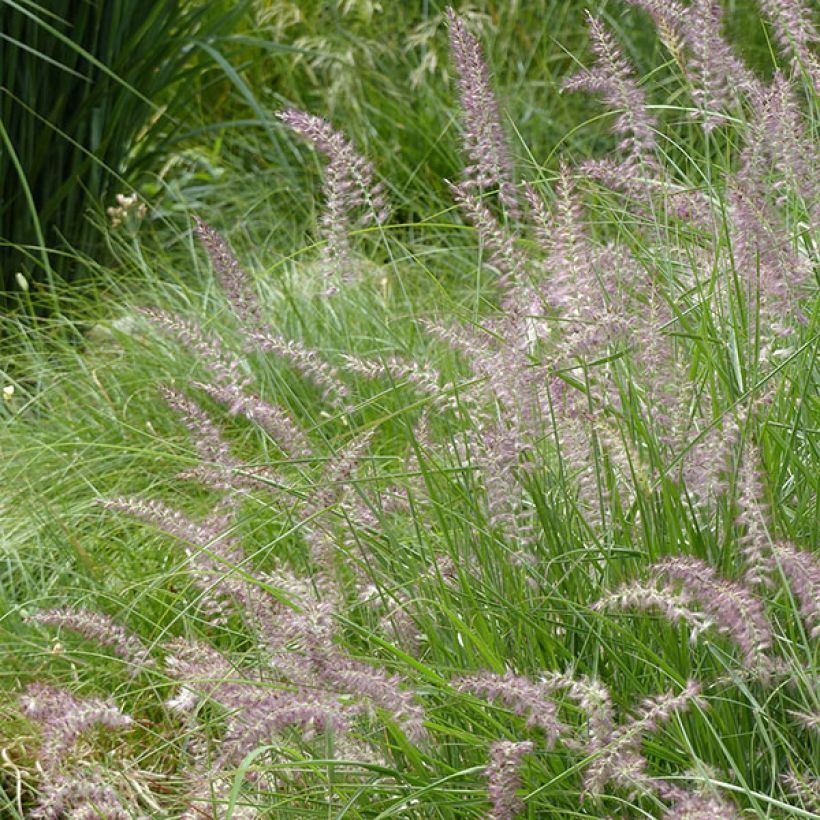

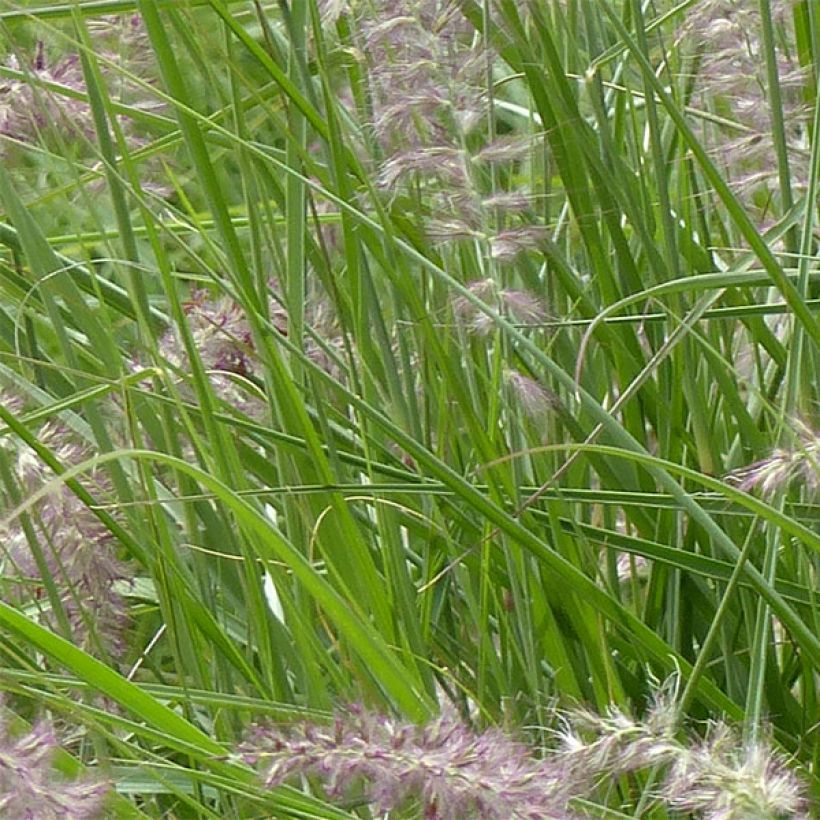

Flowering
Foliage
Plant habit
Botanical data
Pennisetum
orientale
Karley Rose
Poaceae
Fountain Grass
Cultivar or hybrid
Other Pennisetum
View all →Planting and care
Plant your Pennisetum orientale in a sunny position or possibly in partial shade in a warm climate. It requires light and well-drained soil that is not too poor. It will tolerate sandy or chalky soil. It tolerates dry soil once well established. You can also plant your Pennisetum in a pot, which will then require more regular watering. In climates with cold winters, place a thick and well-insulating mulch on the stump at the end of the season. Plan for light pruning in March, or let the frost decorate their wonderful crowned fountains of faded inflorescences.
Planting period
Intended location
Care
Planting & care advice
-
, onOrder confirmed
Reply from on Promesse de fleurs
Similar products
Haven't found what you were looking for?
Hardiness is the lowest winter temperature a plant can endure without suffering serious damage or even dying. However, hardiness is affected by location (a sheltered area, such as a patio), protection (winter cover) and soil type (hardiness is improved by well-drained soil).

Photo Sharing Terms & Conditions
In order to encourage gardeners to interact and share their experiences, Promesse de fleurs offers various media enabling content to be uploaded onto its Site - in particular via the ‘Photo sharing’ module.
The User agrees to refrain from:
- Posting any content that is illegal, prejudicial, insulting, racist, inciteful to hatred, revisionist, contrary to public decency, that infringes on privacy or on the privacy rights of third parties, in particular the publicity rights of persons and goods, intellectual property rights, or the right to privacy.
- Submitting content on behalf of a third party;
- Impersonate the identity of a third party and/or publish any personal information about a third party;
In general, the User undertakes to refrain from any unethical behaviour.
All Content (in particular text, comments, files, images, photos, videos, creative works, etc.), which may be subject to property or intellectual property rights, image or other private rights, shall remain the property of the User, subject to the limited rights granted by the terms of the licence granted by Promesse de fleurs as stated below. Users are at liberty to publish or not to publish such Content on the Site, notably via the ‘Photo Sharing’ facility, and accept that this Content shall be made public and freely accessible, notably on the Internet.
Users further acknowledge, undertake to have ,and guarantee that they hold all necessary rights and permissions to publish such material on the Site, in particular with regard to the legislation in force pertaining to any privacy, property, intellectual property, image, or contractual rights, or rights of any other nature. By publishing such Content on the Site, Users acknowledge accepting full liability as publishers of the Content within the meaning of the law, and grant Promesse de fleurs, free of charge, an inclusive, worldwide licence for the said Content for the entire duration of its publication, including all reproduction, representation, up/downloading, displaying, performing, transmission, and storage rights.
Users also grant permission for their name to be linked to the Content and accept that this link may not always be made available.
By engaging in posting material, Users consent to their Content becoming automatically accessible on the Internet, in particular on other sites and/or blogs and/or web pages of the Promesse de fleurs site, including in particular social pages and the Promesse de fleurs catalogue.
Users may secure the removal of entrusted content free of charge by issuing a simple request via our contact form.
The flowering period indicated on our website applies to countries and regions located in USDA zone 8 (France, the United Kingdom, Ireland, the Netherlands, etc.)
It will vary according to where you live:
- In zones 9 to 10 (Italy, Spain, Greece, etc.), flowering will occur about 2 to 4 weeks earlier.
- In zones 6 to 7 (Germany, Poland, Slovenia, and lower mountainous regions), flowering will be delayed by 2 to 3 weeks.
- In zone 5 (Central Europe, Scandinavia), blooming will be delayed by 3 to 5 weeks.
In temperate climates, pruning of spring-flowering shrubs (forsythia, spireas, etc.) should be done just after flowering.
Pruning of summer-flowering shrubs (Indian Lilac, Perovskia, etc.) can be done in winter or spring.
In cold regions as well as with frost-sensitive plants, avoid pruning too early when severe frosts may still occur.
The planting period indicated on our website applies to countries and regions located in USDA zone 8 (France, United Kingdom, Ireland, Netherlands).
It will vary according to where you live:
- In Mediterranean zones (Marseille, Madrid, Milan, etc.), autumn and winter are the best planting periods.
- In continental zones (Strasbourg, Munich, Vienna, etc.), delay planting by 2 to 3 weeks in spring and bring it forward by 2 to 4 weeks in autumn.
- In mountainous regions (the Alps, Pyrenees, Carpathians, etc.), it is best to plant in late spring (May-June) or late summer (August-September).
The harvesting period indicated on our website applies to countries and regions in USDA zone 8 (France, England, Ireland, the Netherlands).
In colder areas (Scandinavia, Poland, Austria...) fruit and vegetable harvests are likely to be delayed by 3-4 weeks.
In warmer areas (Italy, Spain, Greece, etc.), harvesting will probably take place earlier, depending on weather conditions.
The sowing periods indicated on our website apply to countries and regions within USDA Zone 8 (France, UK, Ireland, Netherlands).
In colder areas (Scandinavia, Poland, Austria...), delay any outdoor sowing by 3-4 weeks, or sow under glass.
In warmer climes (Italy, Spain, Greece, etc.), bring outdoor sowing forward by a few weeks.






























